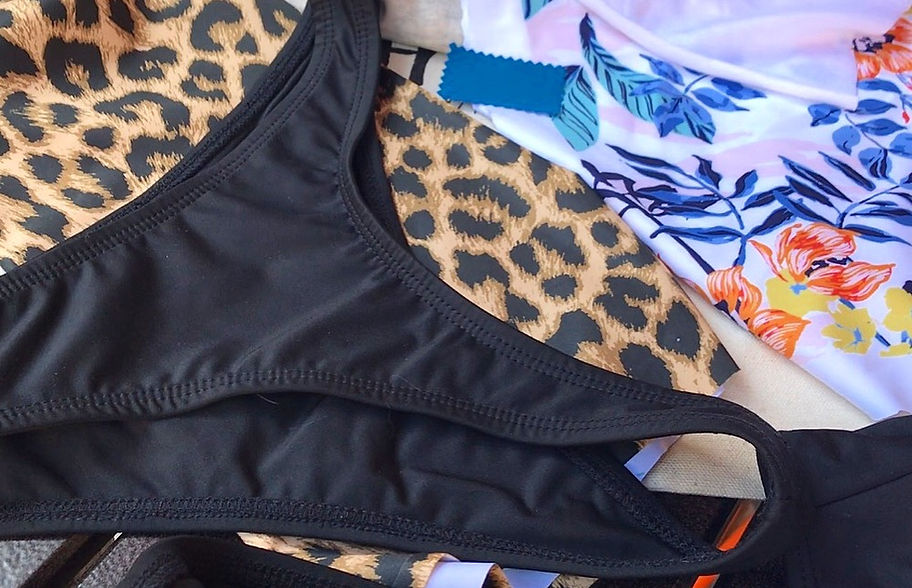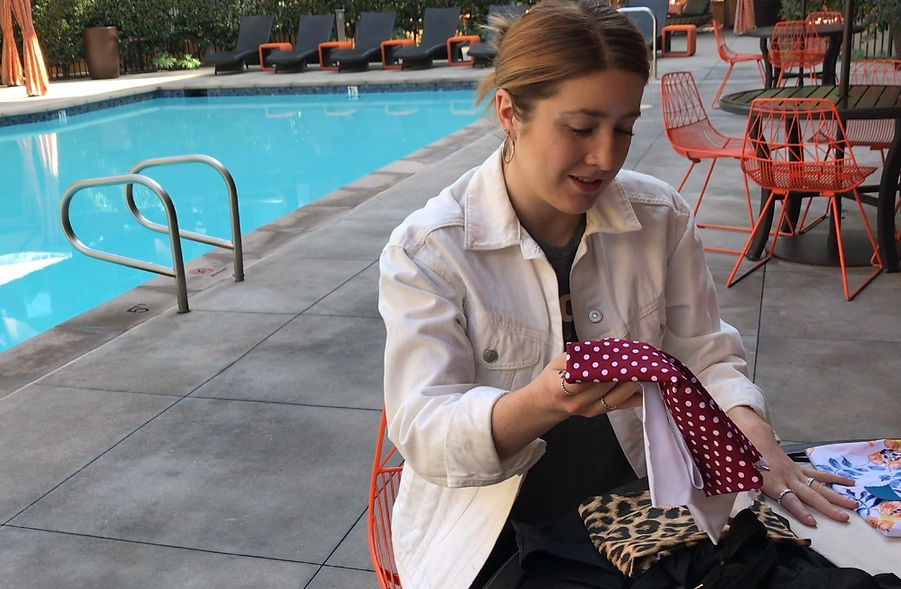
Green is the New Black
For years, fashion has been defined by glitz and glamour. Think back to “The Devil Wears Prada”—the industry is characterized by big brand names, couture outfits, models, narrow waistlines and a cutthroat attitude.
What Hollywood left out though, was that fashion is one of the most environmentally damaging industries in the world.
In March 2016, L.A. resident Francesca Lagudi launched an environmentally sustainable brand of swimsuits to combat the carbon footprint and water wastage involved in cloth production.
For Lagudi, fashion is stray nylon fishing nets, recycled plastic bottles and old leftover fabric.
“[Fashion is] the second most polluting industry after agriculture, so it’s more than the airline industry,” she said. “When it comes to water and energy, climate change, it is second all around.”
Freebella utilizes materials and technologies that ensure low emissions. Rather than producing new nylon and polyester which can be taxing on the environment, Lagudi said she uses non-traditional, recycled fibers to create her clothes.
“Throughout the entire supply chain, I ensure that everything is sustainable where it can be,” she explained. “Textile creation and manufacturing is so water-intensive and energy-intensive, so all of our fabrics are a hundred percent eco-friendly.”

FAB-ric: Lagudi talks about the pattern-focused samples from her new collection.
Though environmentally-friendly practices are beneficial to Earth, they can be limiting on the business end. However, Lagudi said it is possible to be profitable and sustainable.
“As much freedom as [traditional practices] give you creatively within your brand, at the end of the day, you’re only hurting the planet,” she said. “It’s all where you cut costs and price your products. Also because of this growth in tech and innovation, there are so many resources readily available to anyone.”
Lagudi said eco-friendly businesses are becoming more popular not only because of the available resources, but also because of customer demand.
“Customers are becoming more and more aware of who’s making their clothes. And they’re putting pressure on brands for transparency,” she said. “So I think brands are starting to listen, and that’s why it’s becoming more common.”
While sustainable practices are more common than they used to be, most businesses are hesitant to fully invest in them, business management professor Paul Adler said.
“A sizeable proportion of [businesses] are encouraging their lower-level staff to see if there are cost-saving opportunities associated with forms of waste reduction,” Adler said. “But as best I can tell, very few of them treat environmental sustainability as a strategic priority.”
The only way businesses will truly jump on the sustainability bandwagon is if federal requirements are enacted, he said.
“Once regulations are put into place, and once the corresponding incentives are there, then business will adapt,” Adler said. “It’s a fantasy to imagine that enlightened management will lead us back from the precipice of environmental catastrophe.”
“Very few [businesses] treat environmental sustainability as a strategic priority.”
Lagudi said Freebella customers are supportive and appreciative of the brand’s efforts to participate in clean production.
“The fact that there is this strong personality that the brand has, the strong commitment to sustainability, I believe that’s what creates the loyalty,” she said.
South L.A. resident Neda Salami believes a brand’s decision to use green manufacturing can be advantageous in several ways.
“In a way, being environmentally clean helps ensure the longevity of the company, both socially because there is a big move towards environmentally friendly practices, and financially because often times it can be cheaper to go green,” Salami said.
As technology advances, Lagudi said she continues to look for new ways to make sustainable design and production even more seamless.
“There are still things that I’m trying to work on and improve upon, and find ways to implement sustainable practices into certain areas. From manufacturing to water collection systems to the fabric [which is] the main one,” she said.








